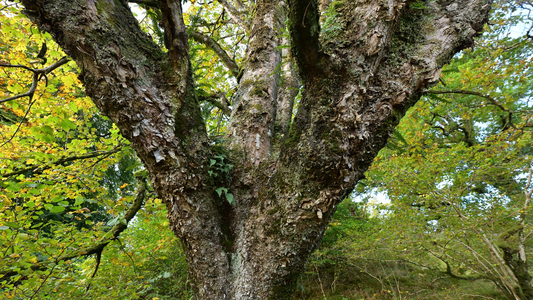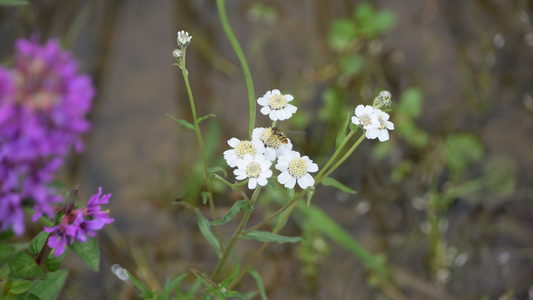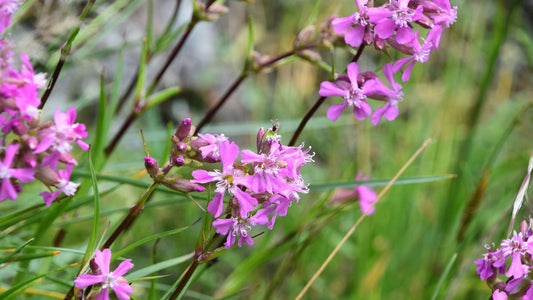
Understanding our Approach to Ancient Woodland Restoration
While we’re working hard to create new forests for the future, we also understand the importance of protecting and restoring precious ancient woodlands on our land. Here we take a closer look at why these amazing ecosystems need our care.

